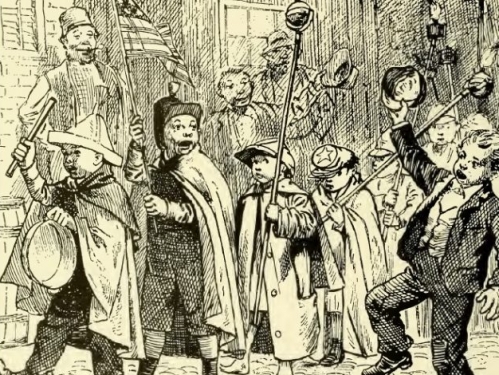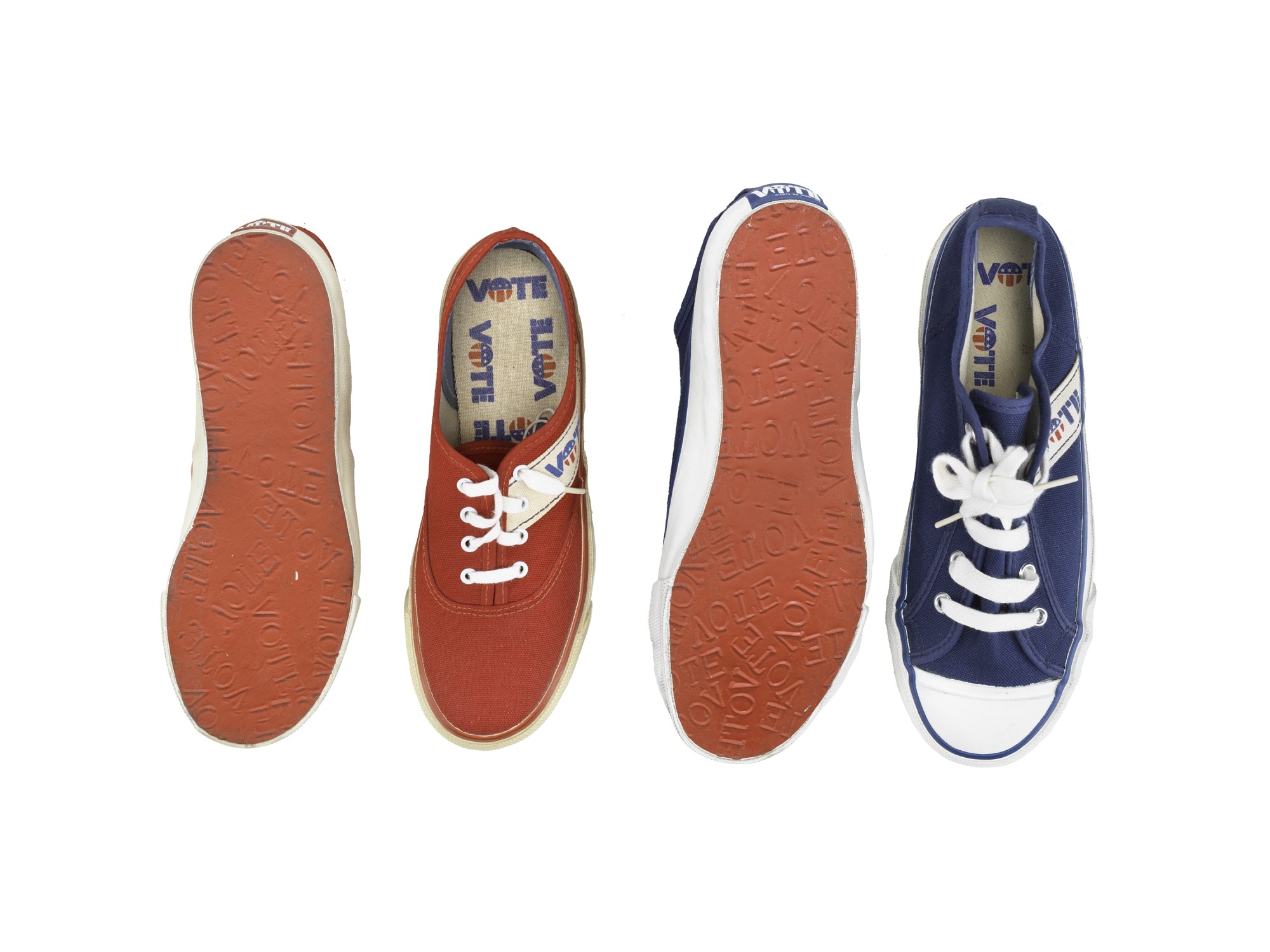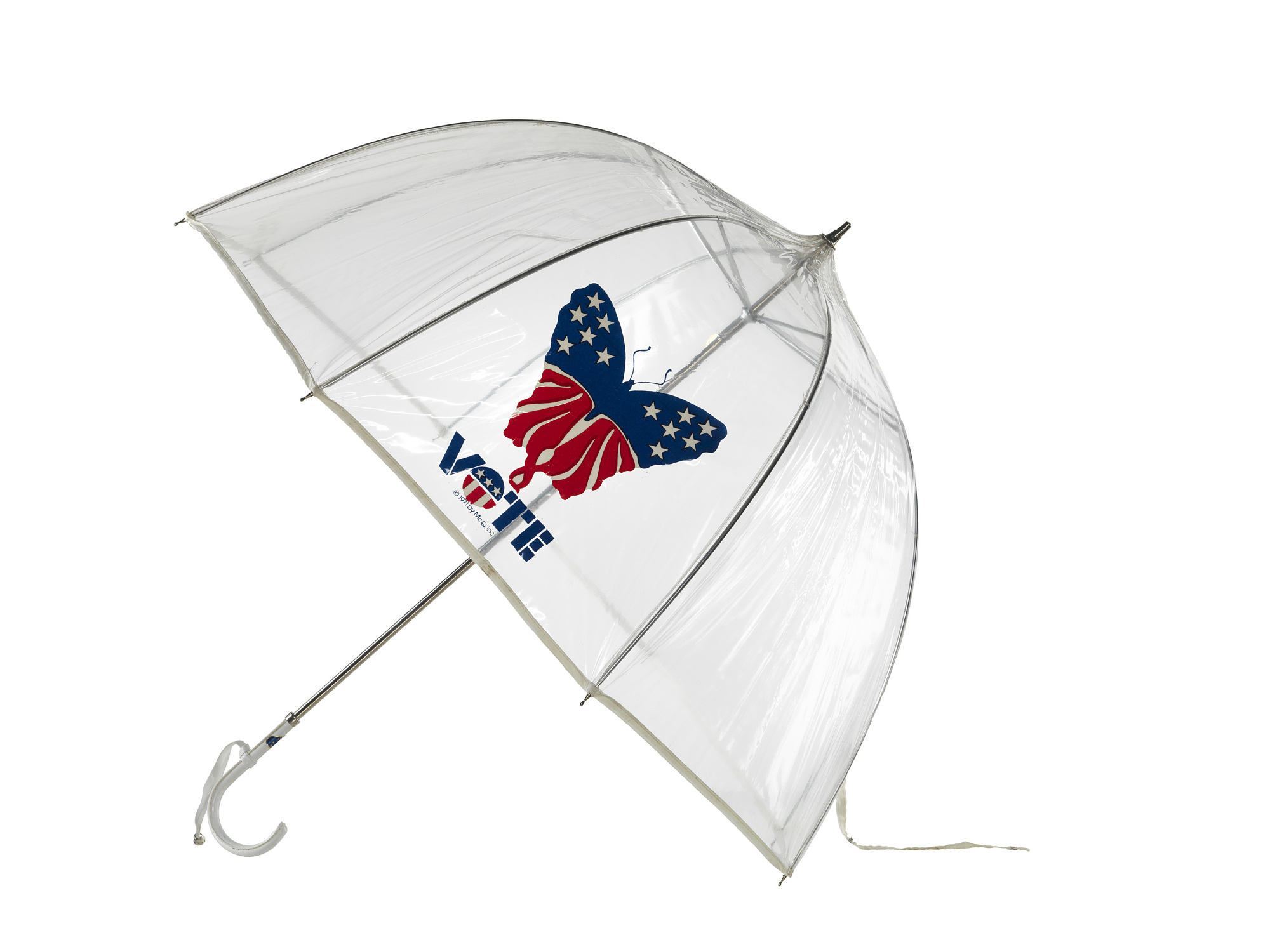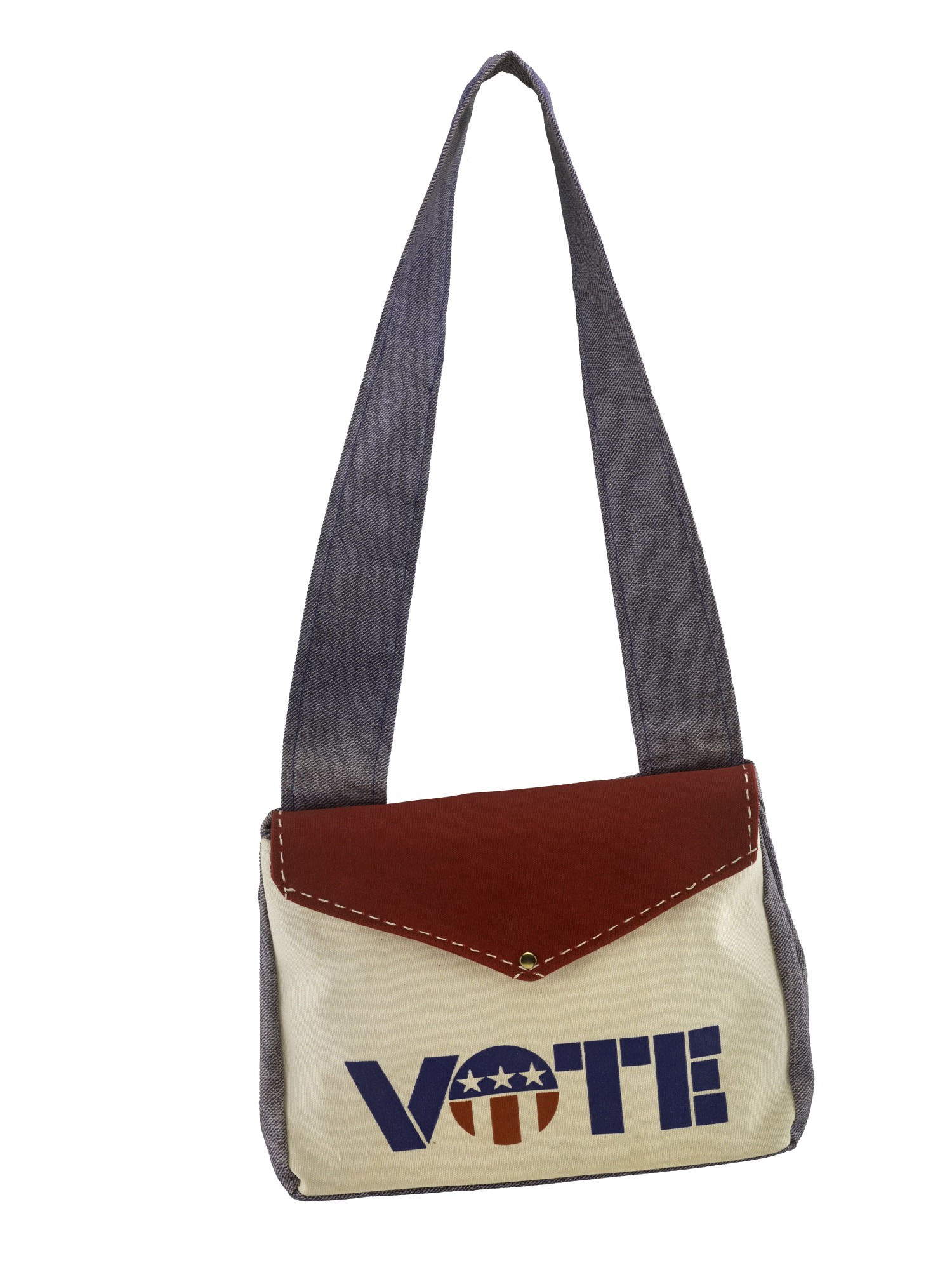
These groovy duds encouraged the youth vote after the 26th Amendment

Youth Vote clothing from 1972 in the Smithsonian’s National Museum of American History, gift of McQ Inc.
On July 1, 1971, the 26th Amendment was ratified, lowering the voting age for U.S. citizens from 21 to 18.
When the military draft age was lowered to 18 during World War II, advocates pushed for a lower voting age but were unsuccessful. The movement gained momentum again during the Vietnam War, led by young people whose rallying cry was “old enough to fight, old enough to vote.”
In 1970, congressional supporters changed the voting age in an amendment to the extension of the Voting Rights Act. The Supreme Court ruled it applied only to federal elections. Rather than states having two sets of rules for state and federal elections, a constitutional amendment became the inevitable next step.

The 26th Amendment was ratified in 100 days, the fastest approval of any constitutional amendment. (In an attempt to be the first state to ratify it—just as they had been first to ratify the Constitution—Delaware’s legislature voted on the amendment an hour after it was approved by Congress.)
Political parties and independent groups organized campaigns to encourage registration and capture the votes of the newly enfranchised young people. The 1972 presidential election was the first one held after the voting age was lowered, and the Student Vote Project encouraged newly eligible voters to participate with an enthusiastic voter registration campaign. It included public service spots on popular radio stations and an array of clothing and other products designed to inspire first-time voters to proudly come out to the polls.

Many of these 1970s pieces of “Vote” attire—from boldly striped bell-bottoms to a patriotic butterfly umbrella, all drenched in red, white and blue—are now in the Smithsonian’s National Museum of American History in the exhibition “American Democracy: A Great Leap of Faith.”
But campaigning for the youth vote isn’t anything new. In the 19th century, getting young people involved in politics included bonfires, marches and uniforms, complete with capes. Learn more about how children in the 1800s got involved in politics without casting a ballot.



